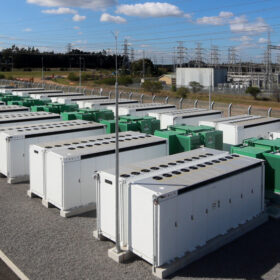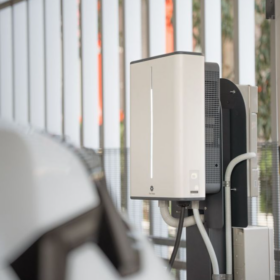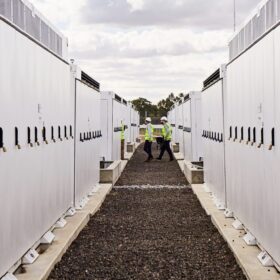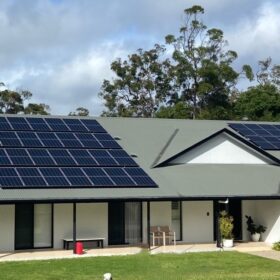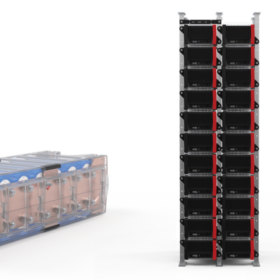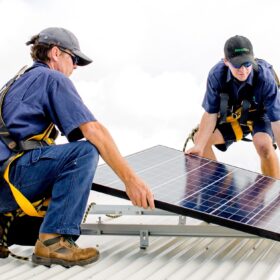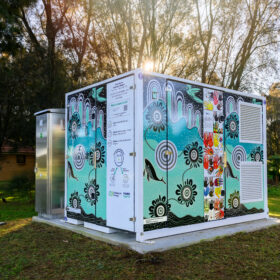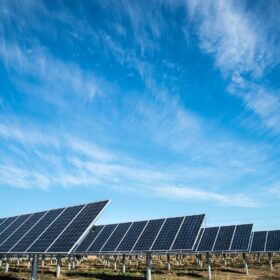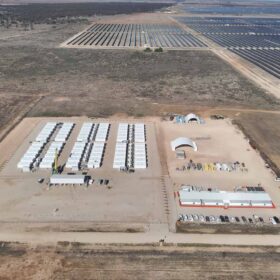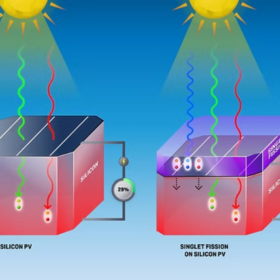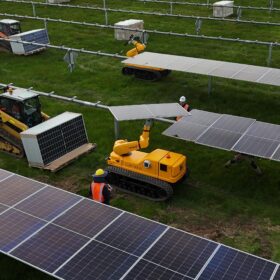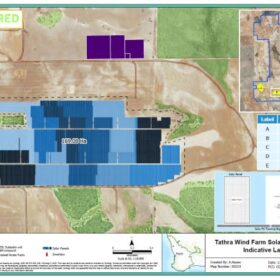Transgrid to award 1 GW grid-forming battery contracts by 2026
The largest ever tender for grid-forming batteries in New South Wales and the Australian Capital Territory has been released by grid owner/operator Transgrid, which plans to request proposals for services from the second half of 2026.
Unlocking CER: addressing data sharing barriers with retailer participation
The role of consumer energy resources is central to Australia’s energy transition, but without quality data and effective data sharing frameworks, the full value of CER cannot be realised for system operators, for markets, or for consumers.
Ausgrid accelerates vehicle-to-grid revolution in New South Wales
In a first for the company, New South Wales electricity distributor Ausgrid has connected a vehicle-to-grid system to it’s network, allowing electric vehicles to draw and discharge power to and from the grid.
Real-time rewards for flexible assets assured by AEMO reform
The Australian Energy Market Operator’s frequency performance payments reform future proofs the national electricity market setting real-time incentives for fast and flexible assets like batteries.
Cost-of-living and government rebates accelerate solar and battery booms
Recent studies forecast Australia is on the precipice of a rooftop solar and household battery boom, predicting record breaking installation numbers driven by falling battery and solar module prices, government rebates and cost-of-living pressures.
Zenaji launches global licensing model for LTO battery technology
Australian battery manufacturer Zenaji has launched a global licensing model that allows international partners to manufacture and rebrand its proprietary Aeon and Eternity lithium titanate oxide energy storage systems.
Albanese government announces $1.2 billion plan to purchase critical minerals
A re-elected Albanese government will take the unprecedented step of buying or obtaining options over key critical minerals to protect Australia’s national interest and boost its economic resilience.
Solar panel installation costs remain near all-time lows: Solar Choice
The March 2025 Solar Choice Price Index shows solar panel prices per watt nationwide, except in Tasmania, continue to follow a trend since December 2020 of remaining below the $1 mark, and currently sit at $0.90 per watt.
Endeavour Energy plans rollout of community batteries in Illawarra region
New South Wales distribution network operator Endeavour Energy will install four community batteries on council land in the Wollongong region, with a further 13 suitable sites identified across the Illawarra.
Rystad forecasts 17% shortfall from 82% renewables target
Rystad Energy research has forecast Australia’s 82% renewable energy by 2030 target, will fall short by 17% under what they describe as the most optimistic scenarios, with gas being a key to energy security and transition.
